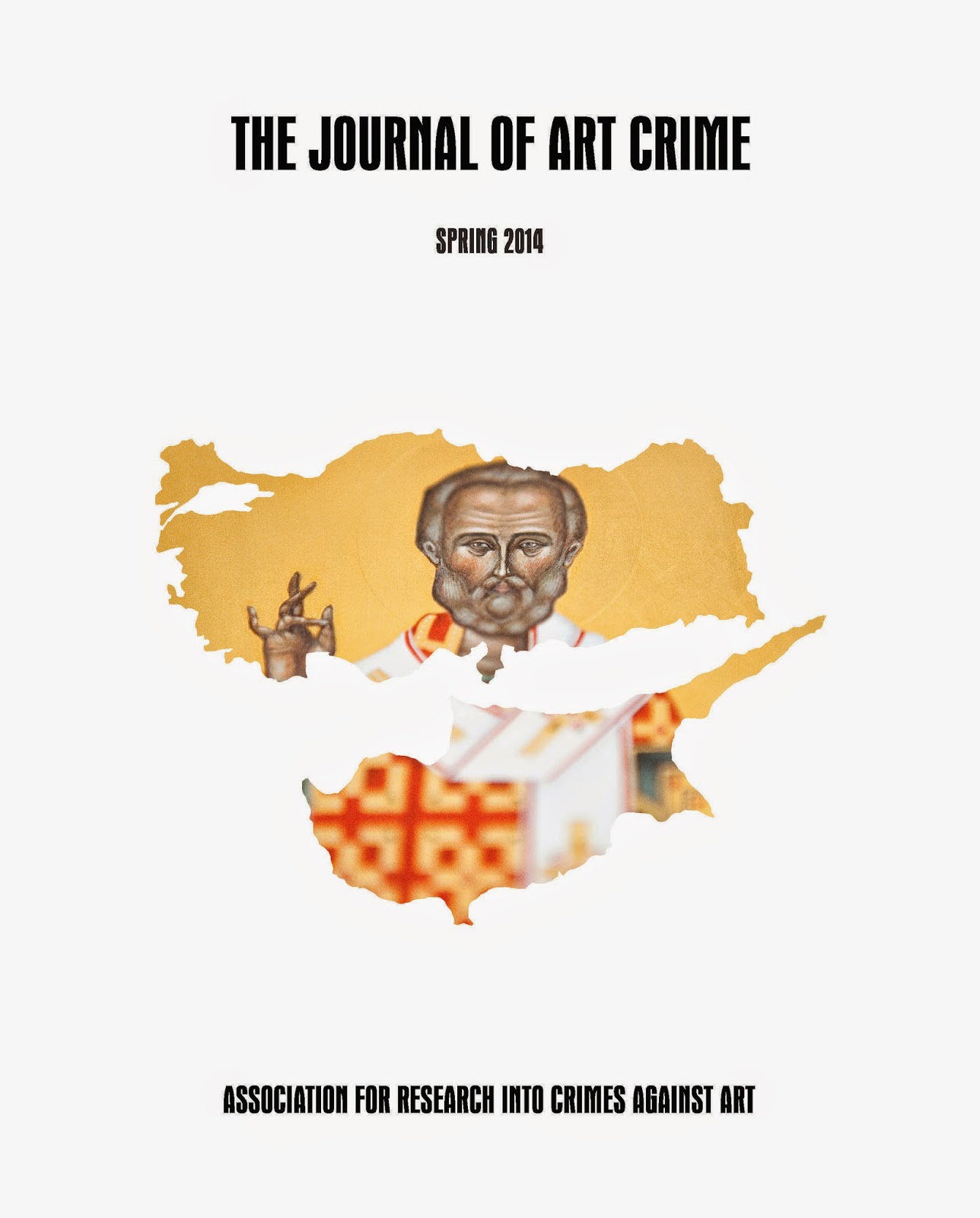Friday, March 02, 2018 -  antiquities looting,antiquities recovered,Antiquities Trade,black market,Italy,oil painting,repatriation,theft
antiquities looting,antiquities recovered,Antiquities Trade,black market,Italy,oil painting,repatriation,theft
 No comments
No comments
 antiquities looting,antiquities recovered,Antiquities Trade,black market,Italy,oil painting,repatriation,theft
antiquities looting,antiquities recovered,Antiquities Trade,black market,Italy,oil painting,repatriation,theft
 No comments
No comments
Repatriations - a 17th century Italianate landscape and a first century CE marble sculpture depicting Aphrodite
Two months into the new year brings with it two significant repatriations for objects stolen in Italy and illegally transferred for sale on foreign art markets. Both artworks, an oil painting and a marble statue, were discovered during auction sales, despite having been stolen in Italy.
This week a 17th century Italianate landscape, attributed to either Giovanni Paolo Pannini (1691-1765) or Andrea Locatelli (1695-1741), has made its way home to Italy.
Donated in 1892 by the Italian noble Torlonia family, the oil painting was stolen on January 1, 1994. In November 2017 the artwork was identified by the Italian authorities when it came up for sale at a London auction house. Its starting bid: 40.000 GBP.
At some point the painting appears to have passed through the hands of the Roman branch of the London auction house, before being transferred to London for sale. Under Italy’s Cultural Heritage Code any artwork created more than fifty years ago (i.e. before 1947 in this case) by a deceased artist requires an export licence in order to be exported. No information has been released by the Italian authorities as to if the consigner provided the auction house with such a document and if so, if that document was valid or fabricated.
After this week's press conference, the painting will be returned to the Ministry of Cultural Heritage and Activities and Tourism and reintegrated into the collection of the Galleria Nazionale d'Arte Antica where it will go on display at either the the Palazzo Barberini or the Palazzo Corsini.
One month earlier, on January 30, 2018 the Carabinieri reported that a first century CE marble sculpture depicting the torso of the goddess Aphrodite had also been repatriated to Italy. This marble statue, with an estimated value of €300.000 had been stolen in 2011 from the University of Foggia and was identified by Italy's Comando Carabinieri per la Tutela del Patrimonio Culturale for sale in Munich Germany in 2013.
In the scope of a lengthy investigation, Italian and German authorities identified identified an organized smuggling ring, operating between Italy and Germany, where looted antiquities plundarded from Italy passed from the hands of a looter, through a middleman, who carried out the deliveries abroad, on to the individual in Germany who sold objects to collectors interested in antiquities in Germany.
In 2016, when those involved in this trafficking operation were taken into custody, more than 2,500 objects were seized which had not yet made their way to Germany. The statue of Aphrodite, was returned to Italy via international letters rogatory and with cooperation from the German authorities as well as the Public Prosecutor's Office of Rome.











